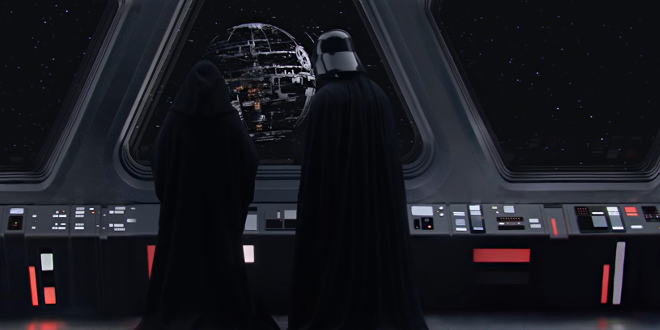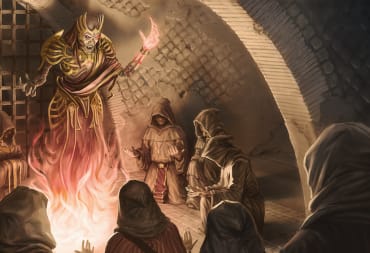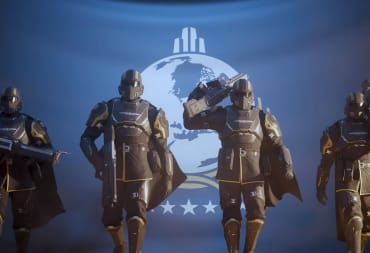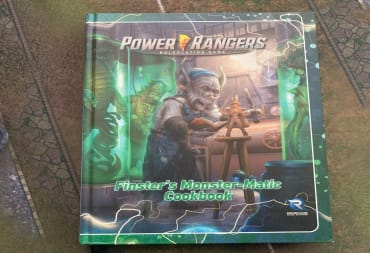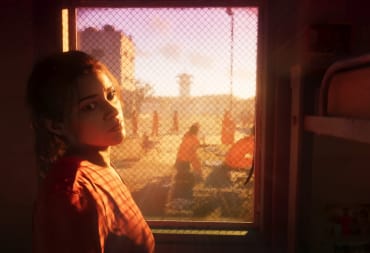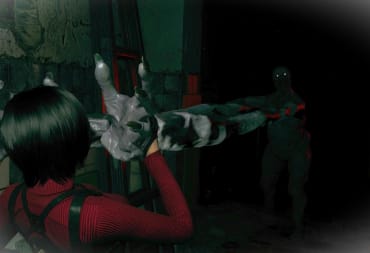[WARNING: There is a minor Star Wars: The Force Awakens spoiler at the 2/3 mark of this commentary. Read at your own risk.]
Yep, I’m going to jump on board the Star Wars commentary bandwagon for some easy clicks. However, I’m not going to talk about Mary Sue’s or Gary Stu’s, as I’m trying to avoid being called a sexist. I’m also not going to talk about J.J. plucking characters from the disavowed Expanded Universe and recasting them as weaker versions of their former identities.
Instead, I want to talk about how government contracting a long time ago in a galaxy far, far away is exactly like it is in America today.
The Death Star Mk I
In Clerks, Randall astutely remarks that The Empire would have to bring in independent contractors in to complete the second Death Star. The Empire would also had to have contracted out many of the systems of the first Death Star as well. A defense construction, system design, development, integration, operations, and maintenance contract would have total contract cost somewhere in the ten quintillion (10,000,000,000,000,000,000) dollar range.
Moreover, in order for The Empire to keep future defense program costs down, the work for constructing the Death Star, developing and integrating its systems, and operating and maintaining its systems would be divvied out to several contractors. For example, Sienar Fleet Systems might have been responsible for sub-light speed travel systems, and Kaut Drive Yards might be responsible for the targeting systems for the super laser.
This happens all the time in the current government contracting environment in the real world. The firm contracted to provide the GPS III spacecraft and the firm contracted to the command and control and data processing systems on the ground are not the same. Alternatively, all the contractors could start a joint venture to contract directly with The Empire to build the Death Star, similar to United Launch Alliance. As we’ll see in a minute, the joint venture is the more likely model for building the Death Star.
Regardless of the structure of the organization hired to build the Death Star, the prime contractor(s) in turn would hire subcontractors to provide more specific experience about specific systems on the Death Star. By the time all the expertise needed to actually build the Death Star is put in place, it would be nearly impossible to keep the project a secret, which was highlighted in the Tarkin novel. The government Program Manager for the overall Death Star project was none other than Grand Moff Tarkin himself, who had to ride herd on all the materials and personnel required to ultimately declare the Death Star operational with the destruction of Alderaan.
Every big defense project runs the risk of having problems, be they design flaws, functionalities that don’t work per the requirements, or interfaces where two systems don’t talk to each other in the expected manner. Given the sheer number of contractors required for a project the size of the Death Star, there was bound to be some kind of flaw.
And what a flaw it was, the entire Death Star could be destroyed by stuffing a proton torpedo down a small port for heat exhaust for the Death Star that was apparently not protected in any meaningful way. The source of this design flaw is explored somewhat in the briefing given to the rebel pilots before the Battle of Yavin. The Empire didn’t consider fighters to be a threat, so they more than likely didn’t write a requirement to defend sensitive systems against small spacecraft. Suffice it to say, that missing requirement ended up being disastrous.
The Death Star Mk II
In the aftermath of the destruction of Death Star Mk I, the Empire’s equivalent of NASA and GAO would have filed reports with The Emperor and his advisory council. Somewhere, Darth Vader would hold hearings with the contractors responsible for heat dissipation to answer for their failure. Meanwhile, the contractor Program Manager would be required to sell Vader and The Emperor that the Death Star program was successful. Furthermore, the Death Star fulfilled its requirements, sans the lone design flaw which caused its destruction. Finally, the Death Star is of the highest importance to The Empire, so the program shouldn’t be cancelled.
After the briefing, the exact same contracting organization would be awarded a reorganized contract for redesigning specific systems on the Death Star and building another one. The only people absent from building the second Death Star are the contractors who designed the thermal exhaust ports; they were “dismissed” by Vader.
The new power systems exhaust contractor submits a new design, approved by joint venture contractor program management, and construction ensues on Death Star Mk II. In 4 years, the redesign is complete, and a more than half complete and operational Death Star stands in orbit of Endor for the Rebels to come and blow it up.
This time, it appears the rushed schedule for the redesign of the Death Star’s power systems creates another catastrophic design flaw which the Rebels exploit to destroy Death Star Mk II.
While were on the subject of schedules, how far behind schedule was Death Star Mk I? Did the ULA-esque contractor have to sit before the Senate before the Senate was dissolved in a Nunn-McCurdy style briefing, and did Tarkin have to testify the Death Star Mk I was important enough to the Imperial Navy to not cancel the program? If a second Death Star with a massive redesign was more than half built and operational in 4 years, the roughly 30 years it took to go from requirements and design to a completed and operational battle station suggests the original Death Star was massively over budget and behind schedule. In that way, it’s the equivalent on Joint Strike Fighter.
[Warning: Minor The Force Awakens Spoilers]
Death Star Mk III
After Endor, the government side of the Death Star program would have to be reorganized. The Emperor, Vader, and Grand Moff Tarkin are all dead; The Empire itself is in turmoil; all government contracts would be in a state of flux akin to what contractors had to endure during Sequestration. Once the dust settled and the Imperial side of the Death Star program was reorganized, the NTSB and GAO would submit reports again on the destruction of Death Star Mk II.
In response to those reports, the contractor program manager would brief how Mk II had fulfilled its requirements, again, and Mk II did become operational, again. Therefore, The Empire should pay for another redesign and award the contract for building ANOTHER Death Star to the same contracting organization, given the organization’s experience in building Death Stars.
The reorganization and redesign of the Death Star commences without anything else really changing—except maybe the program manager of the Death Star Mk II redesign is fired. After thousands of process improvement projects, it’s determined the problem with both Mk I and Mk II Death Stars was they were too small. The solution is to make everything bigger, including the key component that destroys the entire facility if it is exploited.
Death Star Mk III is bigger. It’s more powerful, by a long way. However, even after two redesigns, the Death Star Mk III still has an easily accessible component that can destroy the whole thing. The actual design flaw, an easily accessible component capable of destroying the entire facility, has gone unchanged over 60 years and three full design phases.
Which is exactly what happens. It takes slightly more to exploit the “blow up everything” component than it did the last time; however, it is still exploited, and Death Star Mk III meets the same fate as Mk I and Mk II before it.
At this point, you’d think The Empire would cut its losses and cancel the Death Star program. If we’ve learned anything over 60 years and three operational Death Stars, we know cancelling a program deemed “required” by the Imperial Navy is nearly impossible.
So, in the years between Star Wars Episode VII and Episode IX, expect there to be yet another redesign and construction of yet another Death Star. Bring on the Dyson Sphere Death Star!
Breaking the Fourth Wall
I’m aware the Death Stars and the means by which the Rebels always destroy them are MacGuffins for the purposes of storytelling. If I wanted to make my own conspiracy theory about the supposed political agenda surrounding TFA, I’d argue Abrams decided to incorporate another Death Star in Episode VII to make a statement about wasteful military spending.
Obviously, I don’t believe that’s true. What’s more likely is Death Star Mk III is an unambitious nod to the original trilogy more than a political statement about wasteful military spending, which is all well and good. Of all the anchors between this galaxy and a galaxy far, far away, who’d have thought one of them would be government contracting.
Have a tip, or want to point out something we missed? Leave a Comment or e-mail us at tips@techraptor.net
